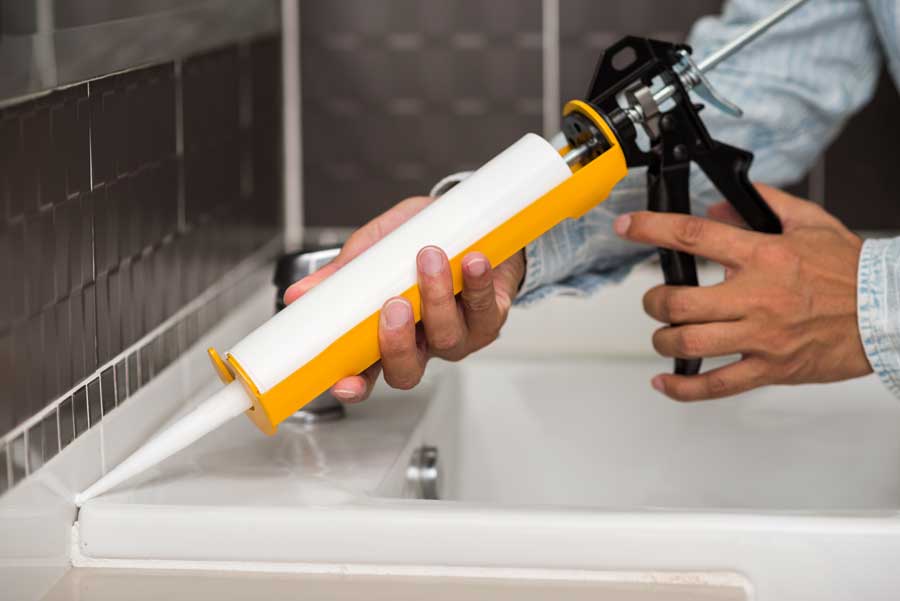
Grout and Caulk - What Is the Difference
Two popular joint sealants used in homes are grout and caulk. They are frequently confused because their purpose is essentially the same, to seal joints. But these two materials do differ in several ways. Here’s how they are different.
Definition
Grout is a porous joint sealer used in cracks that resemble mortar or paste. It is constructed using cement, sand, water, and other colored pigments, while the caulk is a watertight joint sealer made of polymers like rubber, latex, acrylic, and polyurethane.
Caulk and grout have different packaging and characteristics.
Grout is a dry powder product sold in bags and is used in masonry, while caulk is a flexible, semi-liquid material that comes in tubes.
Application
Grout is messier, but more straightforward to use. Grout is applied using a sponge, which results in more grout being spread throughout the tile face, which must be cleaned before it hardens. On the other hand, caulk is applied using the caulk gun and is laid neatly, but to run a smooth, polished bead of caulk, you need a steady hand, expertise, and talent.
Replacement
To replace caulk, all that is required is to scrape and remove the old bead from the seam and then apply a new bead. On the other hand, changing a grout line necessitates using a grout saw or rotary tool to remove the old grout before mixing fresh grout and applying it to the connection.
Their usage
Grout is only used to seal the gaps between tiles, whereas caulk may seal joints everywhere, including along baseboards and crown molding, on windows to prevent leaks and drafts, and even on outdoor concrete. Because of this, caulk is the more adaptable of the two products.
Bottom line
Ultimately, grout and caulk both have their place in your home. When you know which material to use for which project, maintaining and improving your home becomes less confounding.
When you need your grout cared for, don’t hesitate to call Grout Restoration Works. We have the skills and expertise needed to repair, restore, or replace the grout in your home.
9-6-2022




